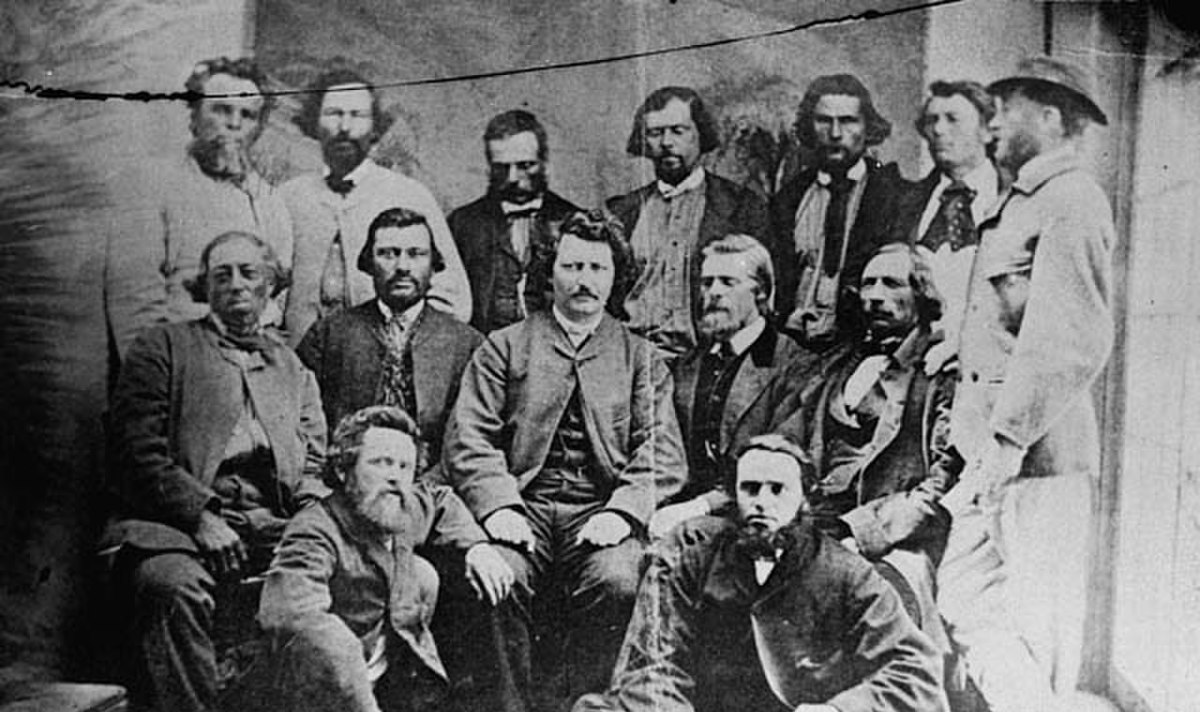
Red River Rebellion
Hudson Bay, SK, CanadaThe Red River Rebellion was the sequence of events that led up to the 1869 establishment of a provisional government by Métis leader Louis Riel and his followers at the Red River Colony, in the early stages of establishing today's Canadian province of Manitoba. It had earlier been a territory called Rupert's Land and been under control of the Hudson's Bay Company before it was sold.
The events were the first crisis the new federal government faced after Canadian Confederation in 1867. The Canadian government had bought Rupert's Land from the Hudson's Bay Company in 1869 and appointed an English-speaking governor, William McDougall. He was opposed by the French-speaking mostly-Métis inhabitants of the settlement. Before the land was officially transferred to Canada, McDougall had sent out surveyors to plot the land according to the square township system used in the Public Land Survey System. The Métis, led by Riel, prevented McDougall from entering the territory. McDougall declared that the Hudson's Bay Company was no longer in control of the territory and that Canada had asked for the transfer of sovereignty to be postponed. The Métis created a provisional government to which they invited an equal number of Anglophone representatives. Riel negotiated directly with the Canadian government to establish Manitoba as a Canadian province.
Meanwhile, Riel's men arrested members of a pro-Canadian faction who had resisted the provisional government. They included an Orangeman, Thomas Scott. Riel's government tried and convicted Scott and executed him for insubordination. Canada and the Assiniboia provisional government soon negotiated an agreement. In 1870, the Parliament of Canada passed the Manitoba Act, allowing the Red River Colony to enter Confederation as the province of Manitoba. The Act also incorporated some of Riel's demands, such as the provision of separate French schools for Métis children and the protection of Catholicism.
After reaching an agreement, Canada sent a military expedition to Manitoba to enforce federal authority. Now known as the Wolseley Expedition, or the Red River Expedition, it consisted of Canadian militia and British regular soldiers, led by Colonel Garnet Wolseley. Outrage grew in Ontario over Scott's execution, and many there wanted Wolseley's expedition to arrest Riel for murder and to suppress what they considered to be rebellion.
Riel peacefully withdrew from Fort Garry before the troops could arrive in August 1870. Warned by many that the soldiers would harm him and denied amnesty for his political leadership of the rebellion, Riel fled to the United States. The arrival of troops marked the end of the incident.
